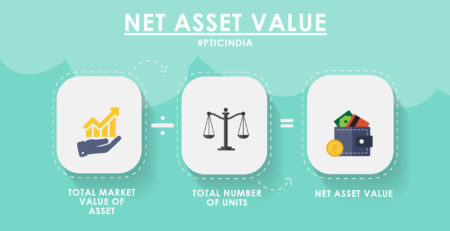When it comes to choosing the best Mutual Fund scheme, many investors find it difficult to compare between two MF schemes. On the basis of your objective, you can choose the best Mutual Fund Scheme. If you are taking the help of a Financial Advisor, always check your portfolio on a regular basis, so that you are aware of where your money is invested? In which scheme the fund manager has invested your money (such as Debt Schemes, Equity Schemes or both)? and What is the ratio of the invested money?
Experienced investors have also accepted that mistakes do happen many times while selecting funds for making investments. However, one always learns from past mistakes. Let us understand these list of parameters through which one can compare and filter the mutual funds out of the financial universe.
Understand Mutual Fund Investment Objective:
Every fund has its unique identity in terms of its investment style. A fund’s investment objective in creating a long-term capital appreciation is a key comparison point. Asset allocation, concentration of stocks, and sectors is an important parameter to avoid cannibalization amongst similar funds. Hence, the funds’ Investment style should also be looked into. Some of the strategies are:
- Value investing is an investment strategy where stocks selected trades for less than their intrinsic values.
- Growth strategy helps investors invest in companies that exhibit signs of above-average growth, even if the share price appears expensive in terms of metrics such as price-to-earnings or price-to-book ratios.
- The blended strategy offers investors diversification among value and growth investments in a single portfolio.
Hence, it is vital to understand your financial goal first and accordingly, you should invest in a fund which can help you achieve that goal on time.
Compare Returns between MF Schemes:
You should try and watch the past performance of the fund. It is an important factor in analyzing a mutual fund. But note that, past performance is not everything, as it may or may not sustain in the future. Therefore, it should not be used as the only parameter to select a mutual fund. We have noticed that investors, and at times even advisors, tend to give maximum weight to this parameter as it is pleasing for the eye to see good performance. We fail to see that future returns do not depend on this parameter.
The time period over which returns should be compared and evaluated has to be the same over which that fund type is meant to be invested in. If you are comparing equity funds then you must use 3-5-year returns. Short-term bond funds or liquid funds, on the other hand, is for a shorter time frame and will eventually be returned to you with a little something added. Comparing these on a shorter time frame (6 months) is fine.
Check Risk Parameters between MF Schemes:
Standard deviation measures the volatility of the returns from a mutual fund scheme over a particular period. It tells you how much the fund’s return can deviate from the historical mean return of the scheme.
Sharpe ratio measures how well the fund has performed vis-a-vis the risk taken by it. It is the excess return over risk-free return (usually return from treasury bills or government securities) divided by the standard deviation. The higher the Sharpe Ratio, the better the fund has performed in proportion to the risk taken by it.
Alpha is the excess return of a fund compared to its benchmark index. If a fund has an alpha of 11%, it means it has outperformed its benchmark by 11% during a specified period.
Beta which measures a fund’s volatility compared with that of a benchmark. It tells you how much a fund’s performance would swing compared to a benchmark. A fund with a beta of 1 means, it will move as much as the benchmark. If a fund has a beta of 1.2, it means that for every 10% upside or downside, the fund’s NAV would be 12% up or down.
Check performance of the MF Schemes:
There are various agencies which provide rankings & performance to schemes by analyzing several other parameters including the ones discussed above. Some Finance related agencies tend to do a thorough background check and make recommendations. These rating/ranking given to scheme after doing intense research work.
Track Fund Managers skills:
First, evaluate the past performance of the fund manager with their respective benchmarks and check if they have performed fairly. Next, having done with the evaluation of the fund manager, check what is the broader investment style of the scheme. It’s an important comparison point. Select the fund house and fund manager that has a strong presence in the financial world and provide funds that have a reasonably long and consistent track record. It ensures strong processes which are a combination of risk measures and operational efficiency.









